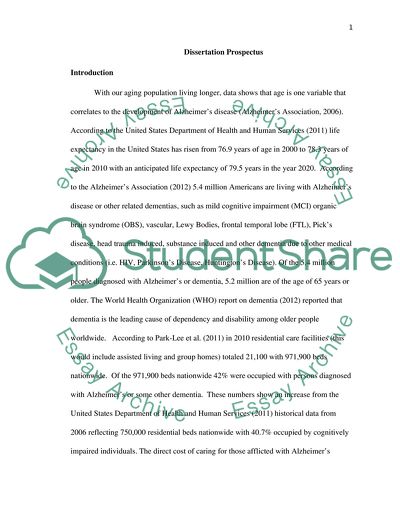Cite this document
(Effective Practices Model Programs In Elder Care Research Paper, n.d.)
Effective Practices Model Programs In Elder Care Research Paper. Retrieved from https://studentshare.org/health-sciences-medicine/1800440-specialized-dementia-training
Effective Practices Model Programs In Elder Care Research Paper. Retrieved from https://studentshare.org/health-sciences-medicine/1800440-specialized-dementia-training
(Effective Practices Model Programs In Elder Care Research Paper)
Effective Practices Model Programs In Elder Care Research Paper. https://studentshare.org/health-sciences-medicine/1800440-specialized-dementia-training.
Effective Practices Model Programs In Elder Care Research Paper. https://studentshare.org/health-sciences-medicine/1800440-specialized-dementia-training.
“Effective Practices Model Programs In Elder Care Research Paper”, n.d. https://studentshare.org/health-sciences-medicine/1800440-specialized-dementia-training.


